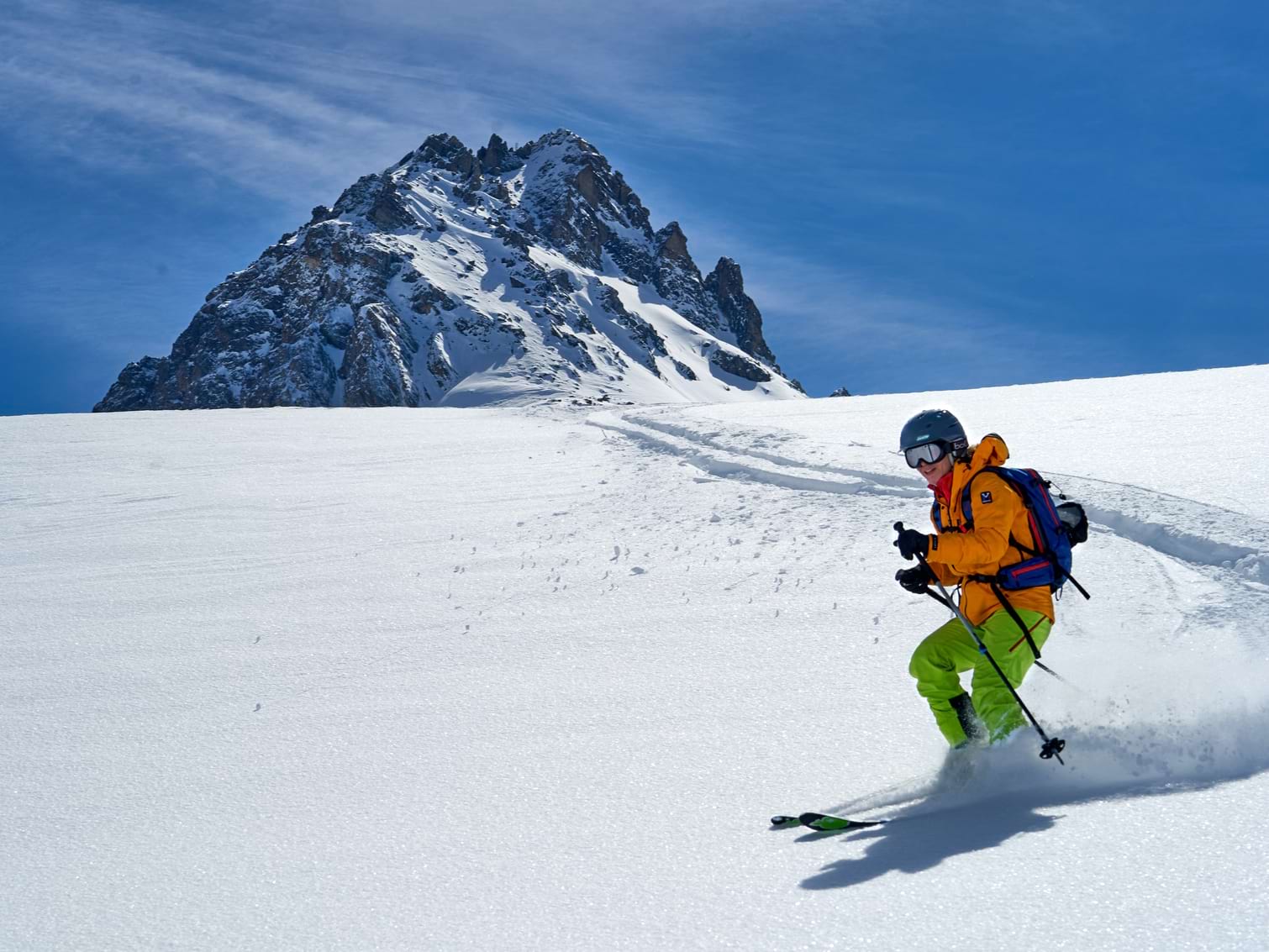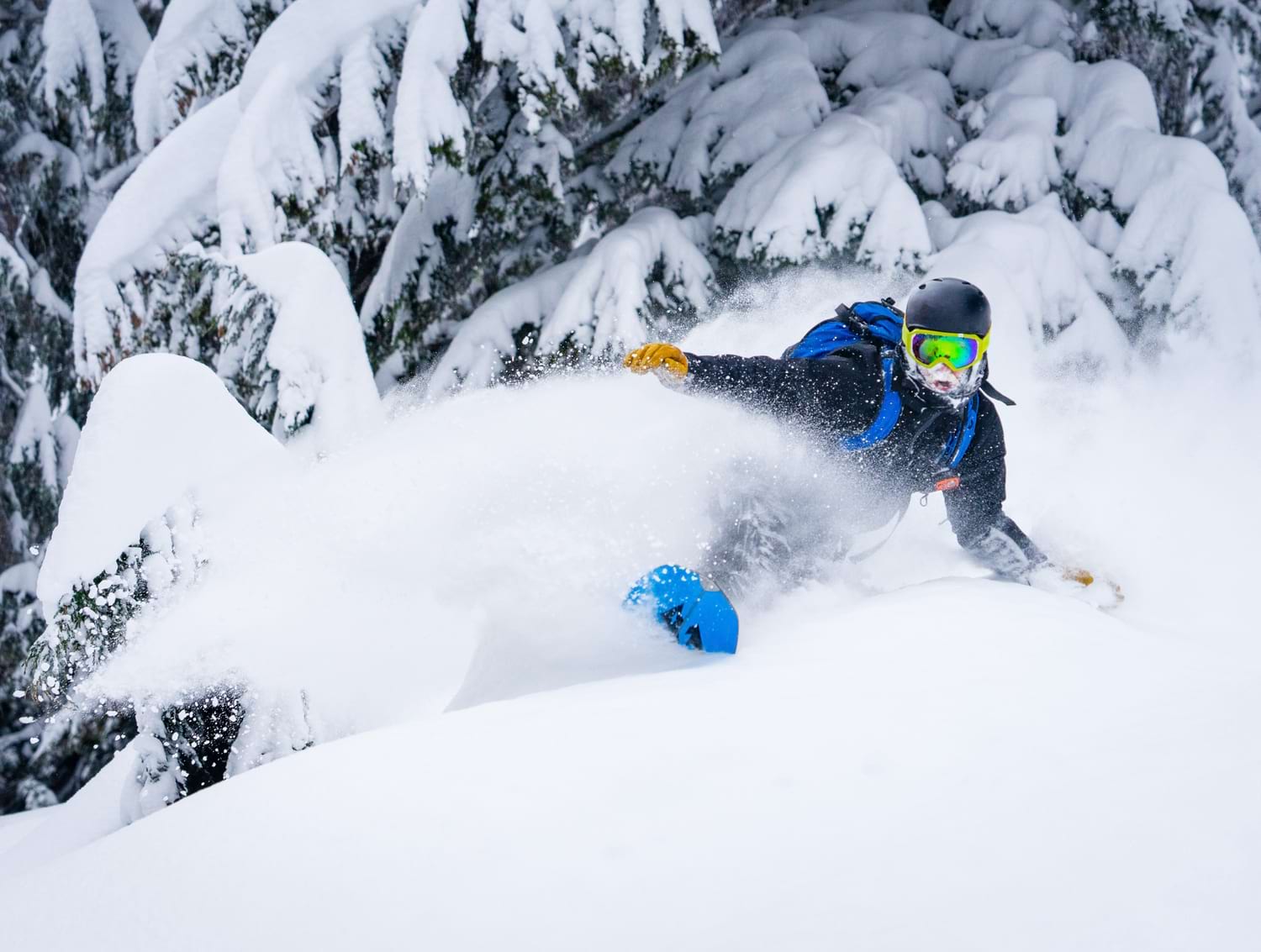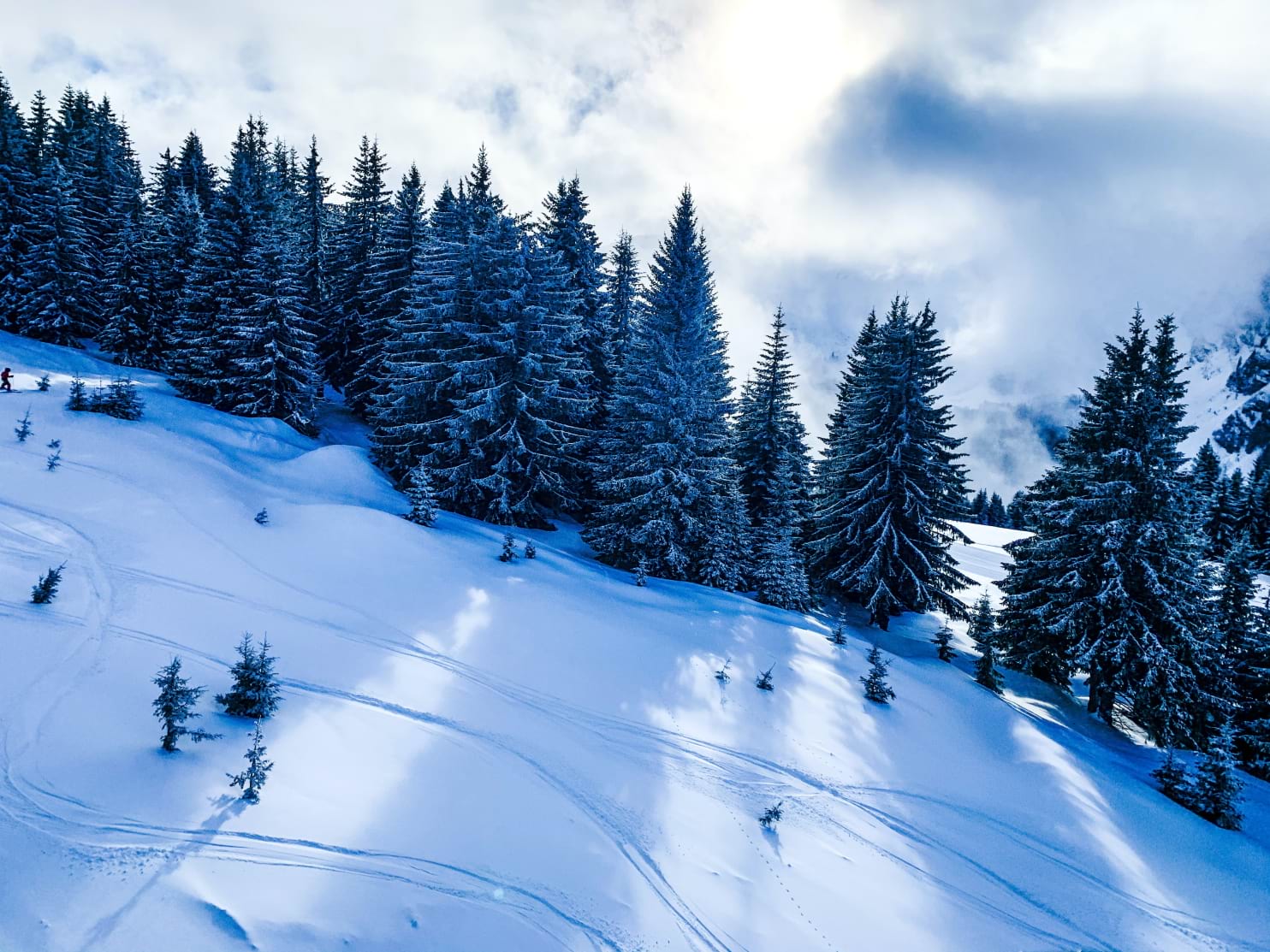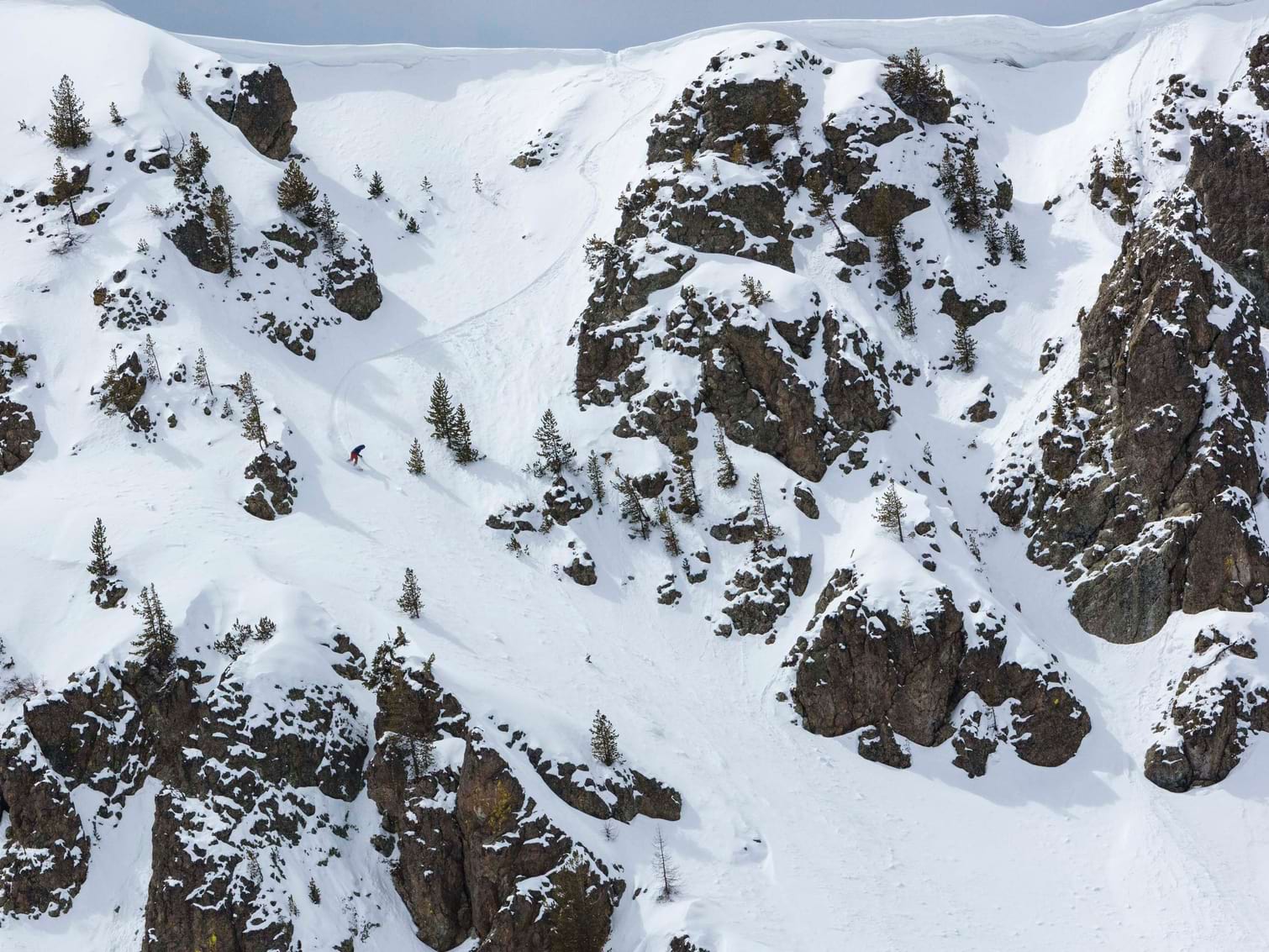Off Piste Skiing- what's the fuss about!!!
Trying to explain the feeling you get when skiing or snowboarding off-piste to the uninitiated is challenging. This is especially the case when you consider the various dangers associated with riding away from the groomed slopes of the resort…but we will try anyway.
In this article, we will discuss the joys of off-piste skiing, why we do it and how we manage to stay safe in dangerous environments.
Why Do We Go Off-Piste?
Skiing and snowboarding off-piste offers a range of new experiences created by the unique terrain, different types of snow, and challenges. When you get to a level where you can use good technique to adapt to and take advantage of the changing conditions off-piste, you will find heading into the backcountry extremely rewarding.
At the most basic level, skiing or snowboarding in powder is all about how it makes you feel. You, of course, get the adrenaline rush of blasting down a mountain. Still, the consistency of the snow gives you the feeling of flying. At the same time, the sensation of making perfect turns is almost indescribable.

The other element of skiing and snowboarding off-piste is that you get away from the crowds while being able to explore the wild areas of the mountains. There is little chance that someone will get in your way or bump into you.
After visiting a ski resort a few times or living in one for a while, you learn the best places to go after a good snowfall. This allows you to find your own corner of the mountains to enjoy. But these areas open up even more opportunities the more you ride them. By this, I mean you will find different routes, cliff drops, and secret powder stashes that will have you grinning all day.

How You Go Off-Piste?
In Europe, anywhere that is not a marked slope is considered off-piste, even if you are just on the other side of the piste markers. This means that you can access off-piste areas from the ski lifts. Other off-piste areas are more challenging to get to and require you to hike or use touring equipment to reach them. These areas tend to be more remote and require good fitness and knowledge to access and ski safely.
But Isn't Off-Piste Dangerous?
Heading into the backcountry provides a set of very severe hazards. However, you can manage the risk of skiing and snowboarding off-piste by being prepared and educated.
If you like the idea of carving down beautiful untracked snowy mountains, you need to be fully aware of the dangers, how to avoid them and what to do in an emergency. This is where mountain safety and avalanche awareness courses are required. These courses will teach you about the terrain, snowpack, the effects of the weather and different types of avalanches, so you can stay out of trouble.
A significant part of these courses involves learning about avalanche safety equipment and emergency procedures to rescue an avalanche burial victim.
Most ski resorts will put on avalanche awareness courses, or there will be courses put on by at least one local ski school. We strongly recommend you take one of these courses and buy or rent the necessary equipment for off-piste skiing and snowboarding.
The thought of taking one of these courses may not sound that exciting. On the contrary, they are fascinating and enjoyable. Usually, the instructor will take you to some excellent off-piste terrain, so you can experience it and practice your newly learned skills.
What Equipment Do I Need For Off Piste Skiing?
The basic safety equipment for off-piste skiing includes a transceiver, a shovel and a probe. The transceiver is an electronic device that allows you to find someone buried in an avalanche as long as they have their transceiver switched on. The device will get you close to them, but then you need to use your avalanche probe to pinpoint their location under the snow before digging them out with your shovel.
Each piece of equipment requires a specific technique to be used effectively and quickly. You need to find an avalanche victim as soon as possible; therefore, it is best to learn these techniques from a professional before you head into the backcountry.
Your transceiver should be attached to your body under your clothing, but your probe and shovel should be kept in a suitable backpack. Some backpacks feature an airbag which you inflate with a rip cord if you get caught in an avalanche. The airbag is designed to create buoyancy, keeping you on top of or close to the top of the snow before it stops moving. Therefore, rescuers can dig you out of the snow much more quickly, giving you a better chance of survival.

This All Sounds A Bit Too Serious And Dangerous
With all this in mind, off-piste skiing and snowboarding may sound like a silly thing to do. However, you can have lots of off-piste fun on safe slopes, but you need to know what a safe slope looks like to ensure you and your friends don't get into trouble.
The best way to survive an avalanche is to never get caught in one. Part of learning about the backcountry is when to say no, turn around and go for a drink or head back to the safety of the resort instead. But it is good to know what to do if the worst happens.
Skiing and snowboarding in the backcountry is one of the best things you can do if you do it safely. If you are new to off-piste or even just powder, book a lesson with a local instructor, who will ensure that you will have the best time possible in safety, they will have all the necessary equipment and tell you how to use it.
